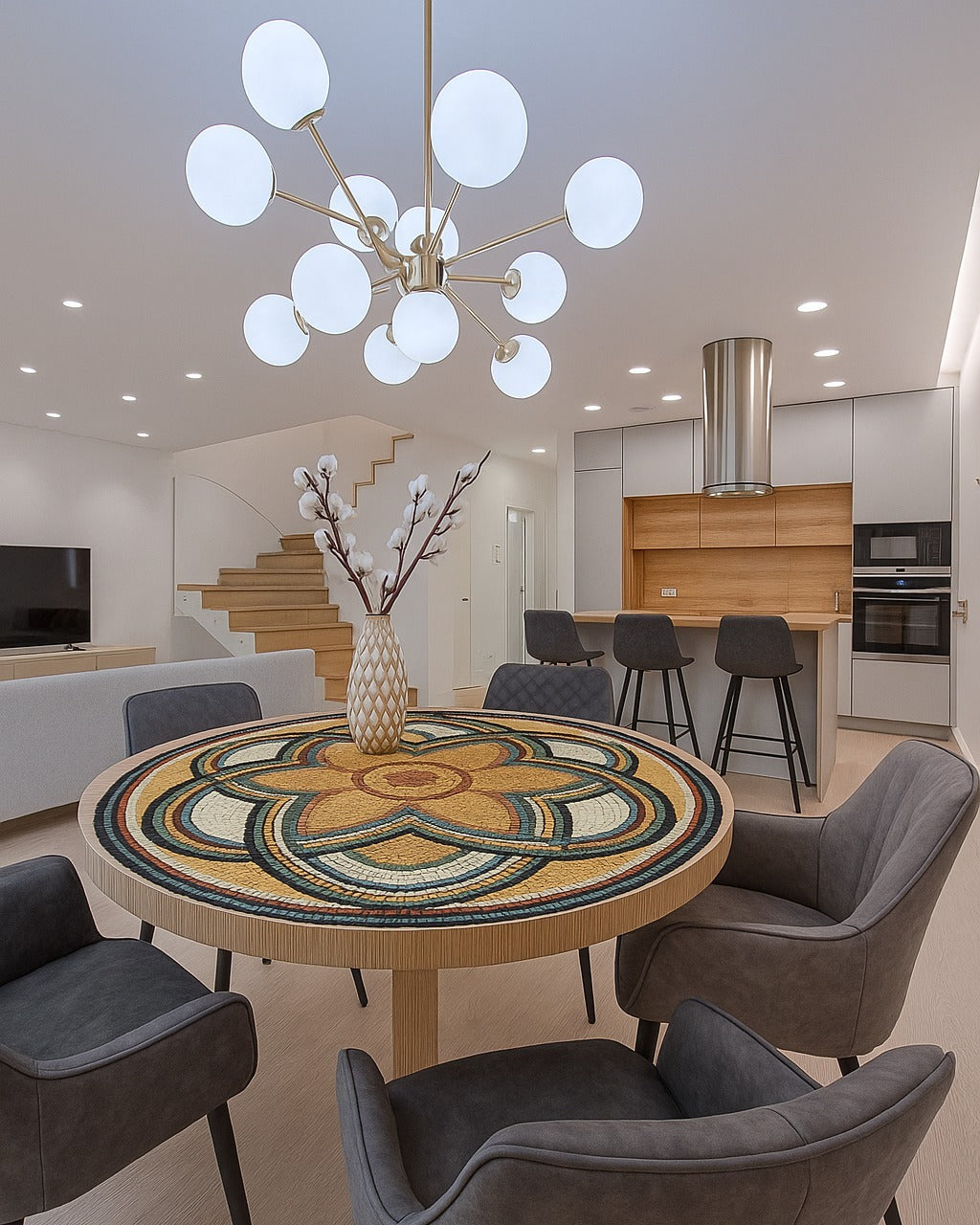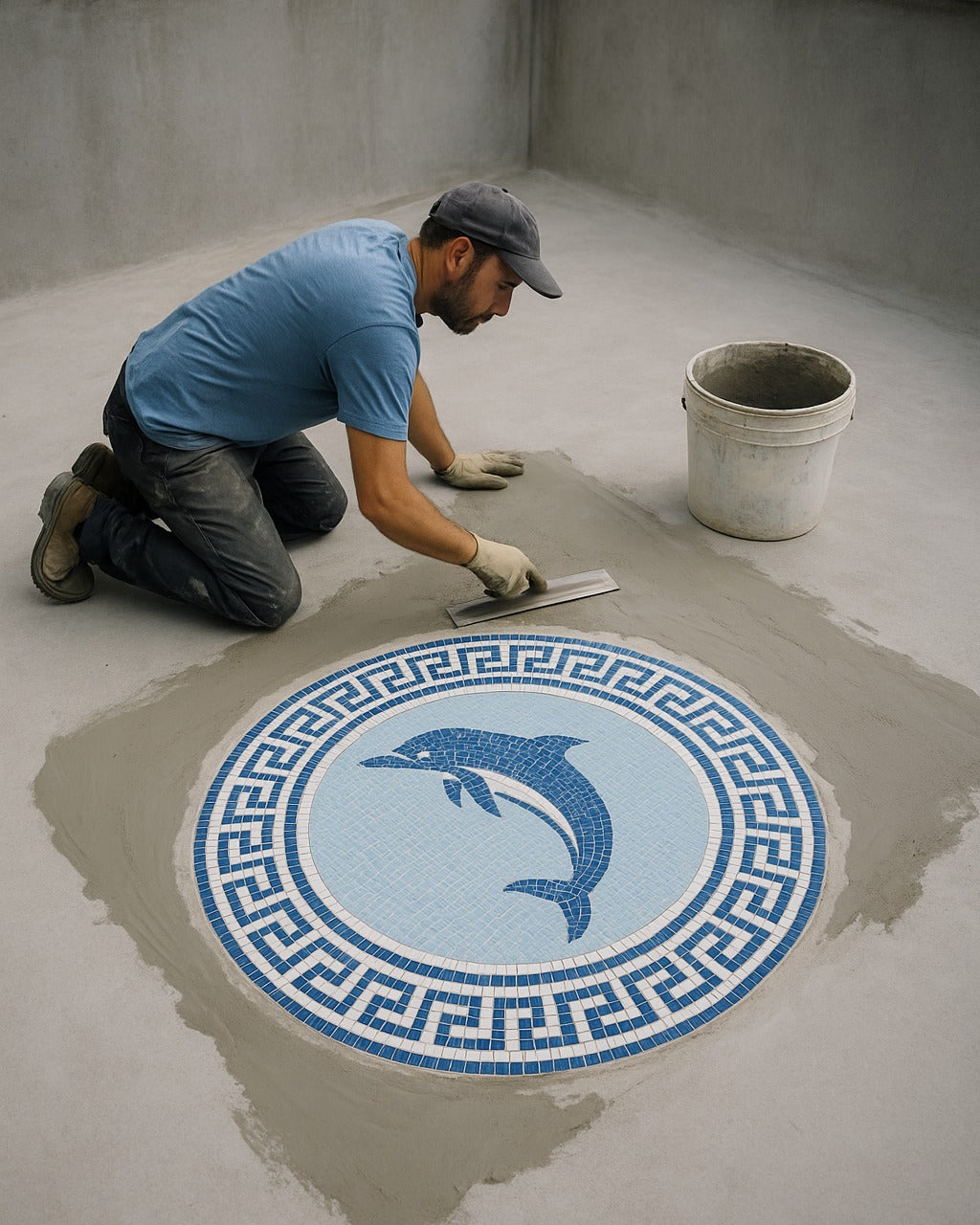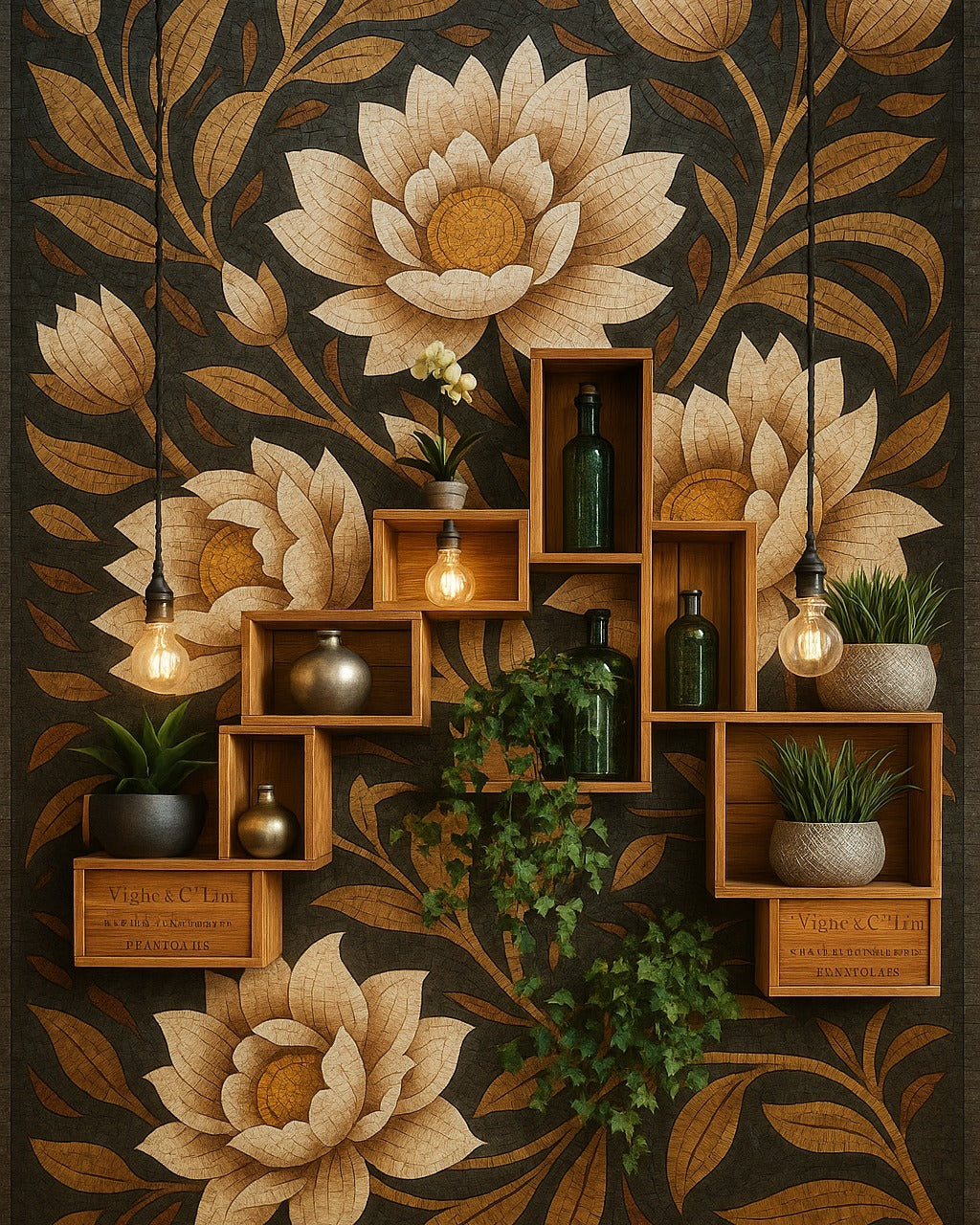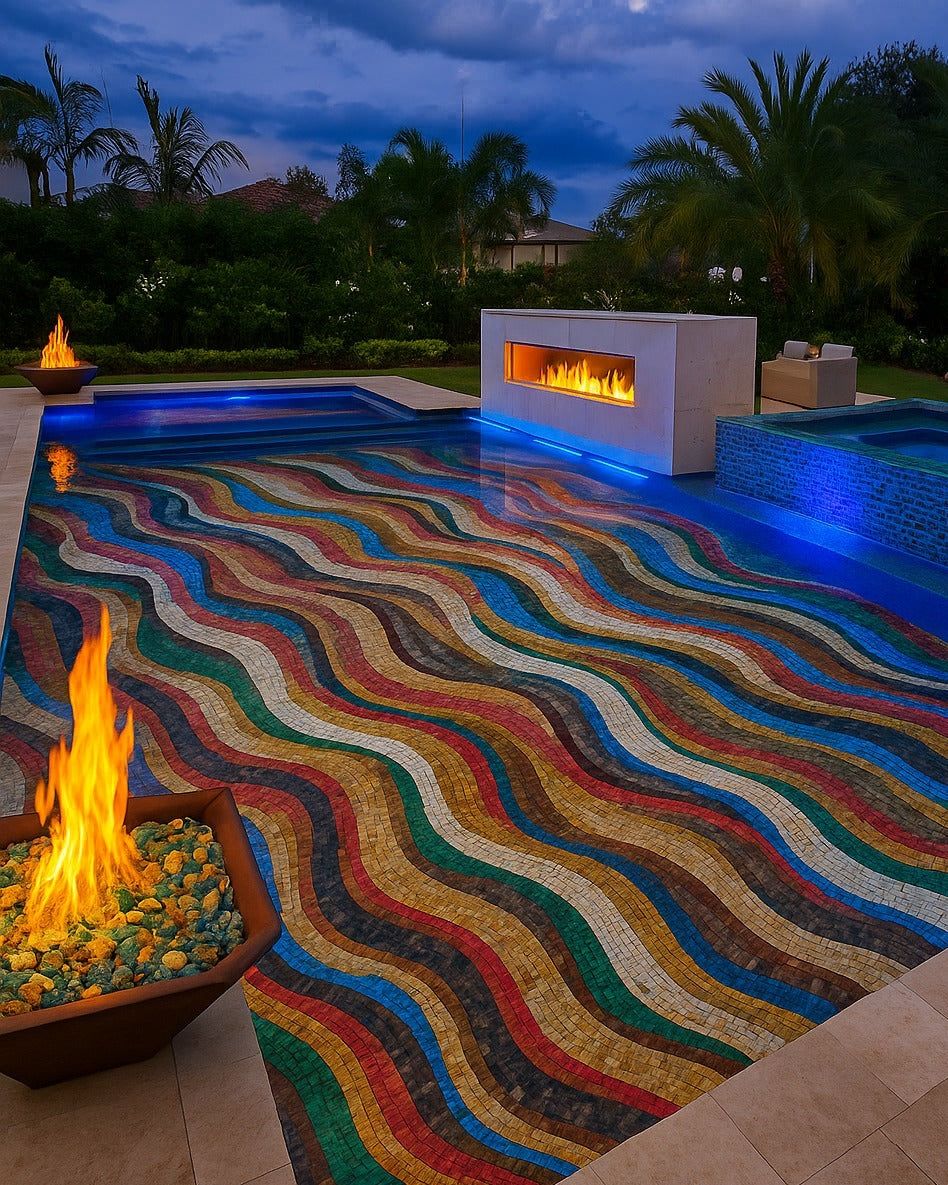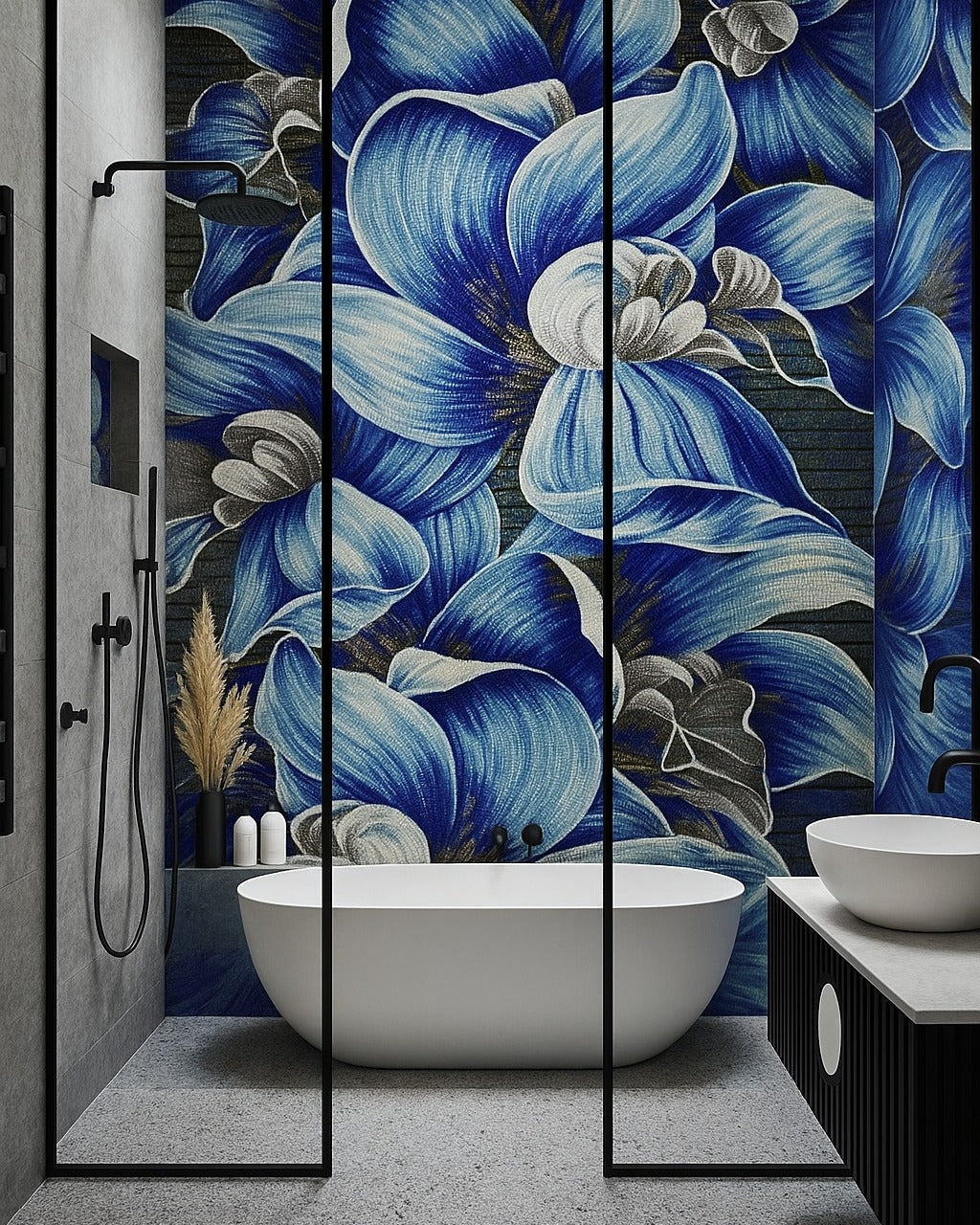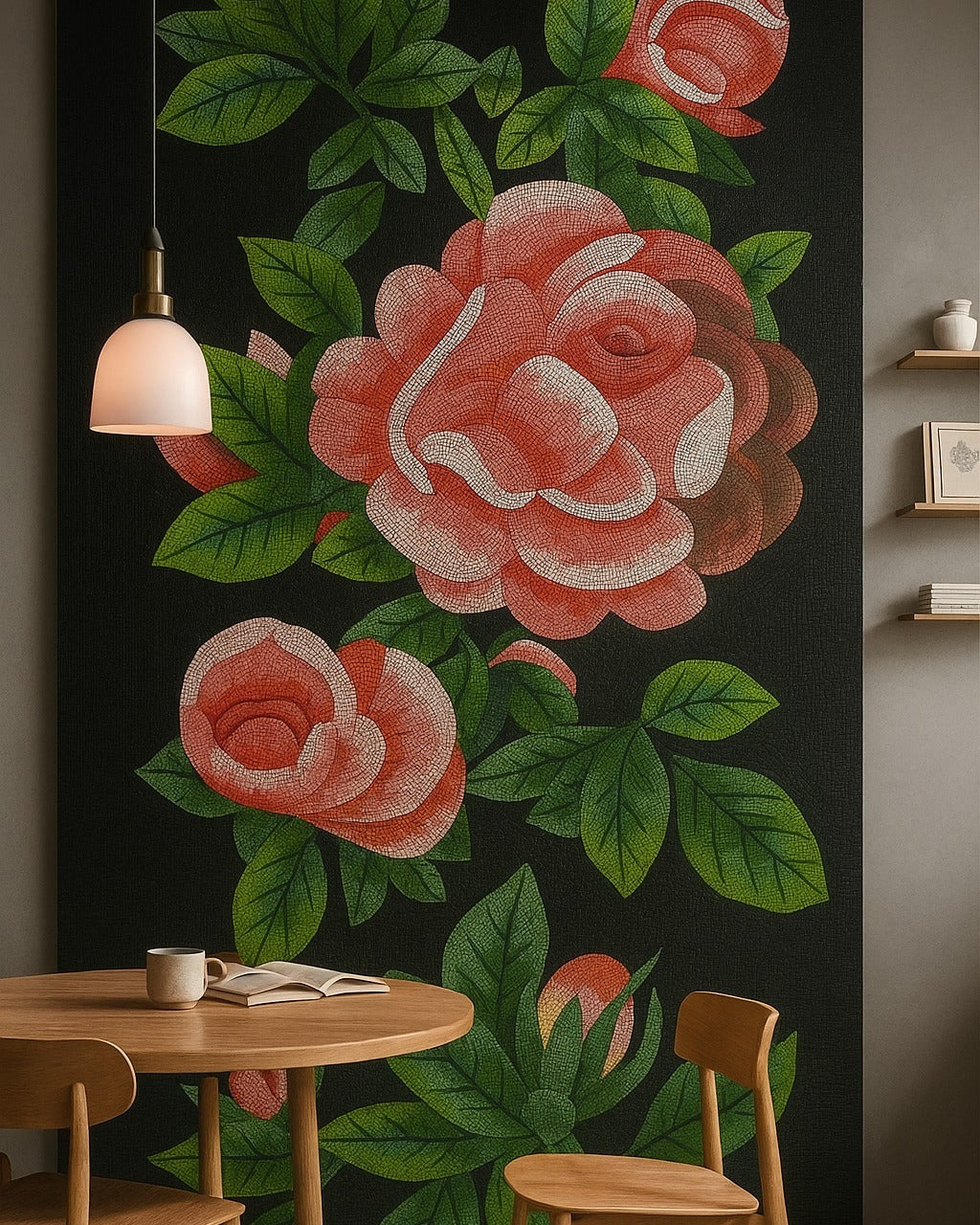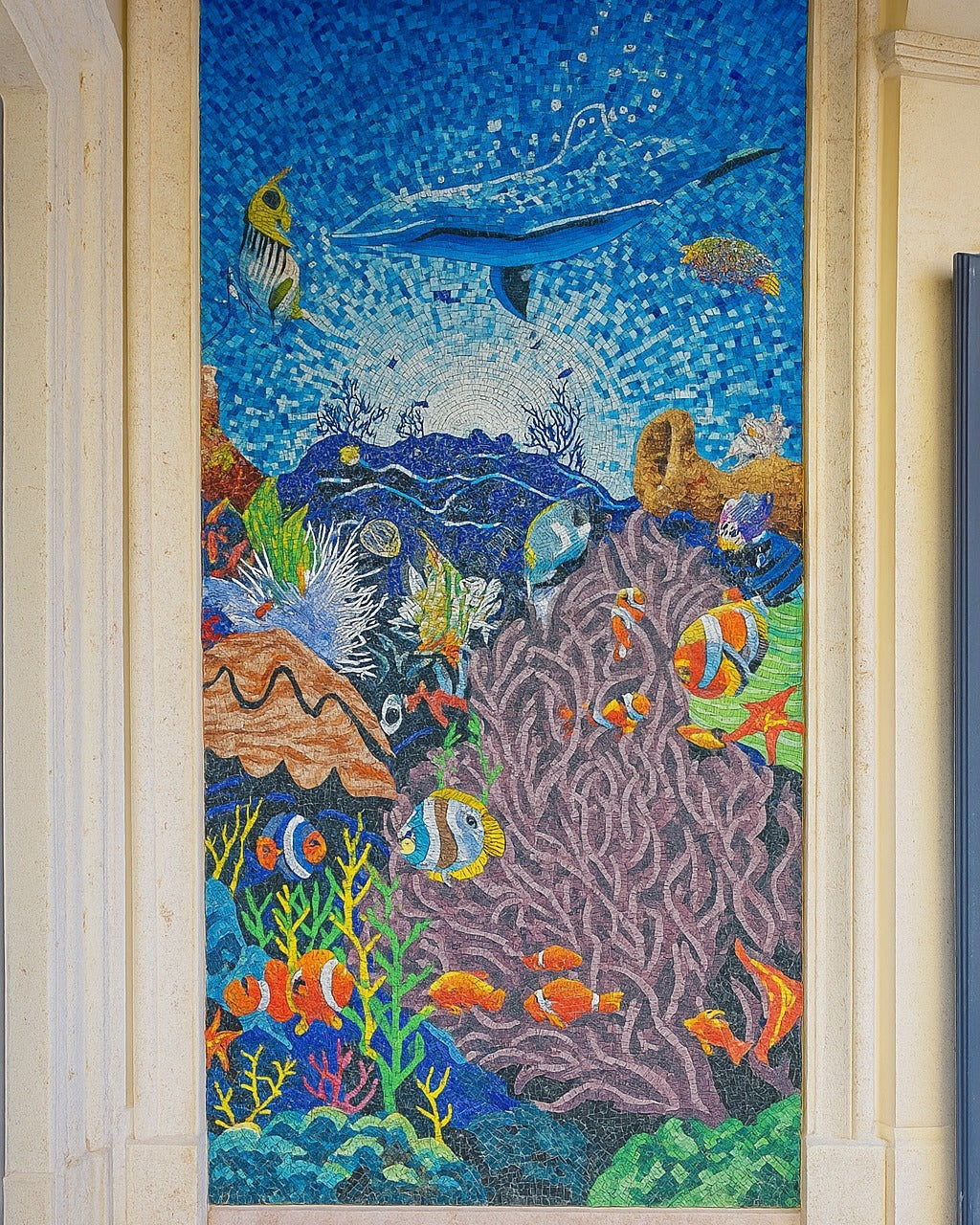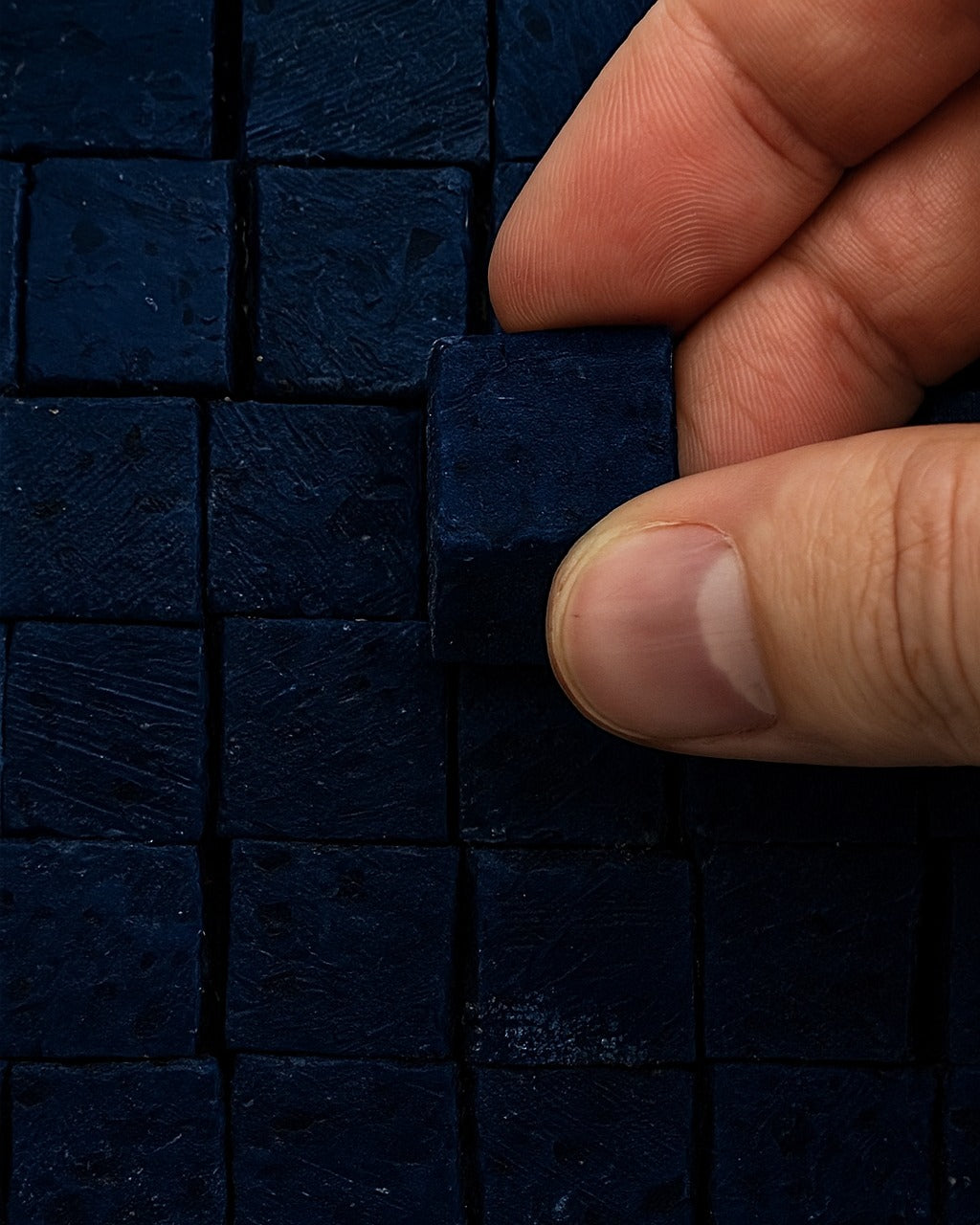The term tesserae (tessera, the Latin word for 'a small cube') refers...
Antoni Gaudí, a revolutionary artist of his era, was renowned for his innovative use of mosaic art. His designs, notably the Sagrada Familia, transcended mere decoration to embody intricate mathematical and natural principles. His distinct "trencadís" style repurposed recycled ceramic tiles, fashioning vibrant and detailed patterns. Gaudí's mosaic artistry was pivotal to his creative vision, casting a lasting influence on contemporary artists and architects.

The Sagrada Familia, a Roman Catholic church in Barcelona, Spain, envisioned by Gaudí, commenced construction in 1882 and remains an ongoing project today, marking one of the world's lengthiest architectural endeavors. Drawing inspiration from nature, its spires and columns mirror trees and branches. Its vibrant façades are adorned with mosaic illustrations portraying biblical scenes. Inside, ornate stained glass windows and a labyrinth of columns echo a woodland ambience.

Gaudí employed the "trencadís" method, utilizing fractured tesserae, to craft intricate designs on the church's facades. The meticulous arrangement of these colored ceramic pieces depicted biblical narratives, such as Jesus's birth and the crowning of Mary. Beyond the exteriors, mosaic murals adorned the church's interior, displaying biblical tales. The floor was no exception, showcasing diverse colors and shapes to shape elaborate patterns, culminating in a mesmerizing artistic ensemble.

Gaudí's artistic vision extended to diverse materials like stone, iron, and glass for embellishing the facades. Embracing geometric and mathematical principles, the Nativity facade showcased circular and triangular shapes, evoking movement, while the Passion facade presented angular forms, conveying gravity and weight. This contrast underscored the architectural dialogue within the Sagrada Familia's facets.

The magic of Sagrada Familia extended beyond mosaics. Gaudí meticulously harnessed light through stained glass windows, allowing just the right measure to create kaleidoscopic effects. Colored shadows cast by the sun lent a transient allure, altering patterns on the floor. The stained glass, further adorned the walls and ceiling, amalgamating with mosaic art to offer a distinctive and transformative experience.

The Sagrada Familia, a testament to Gaudí's visionary genius, is an immersive journey combining mosaic artistry and light, epitomizing architectural grandeur intertwined with spiritual and artistic significance. Gaudí's mosaic techniques at Sagrada Familia remain a timeless testament to his ingenious creativity and influence on architectural art.






















